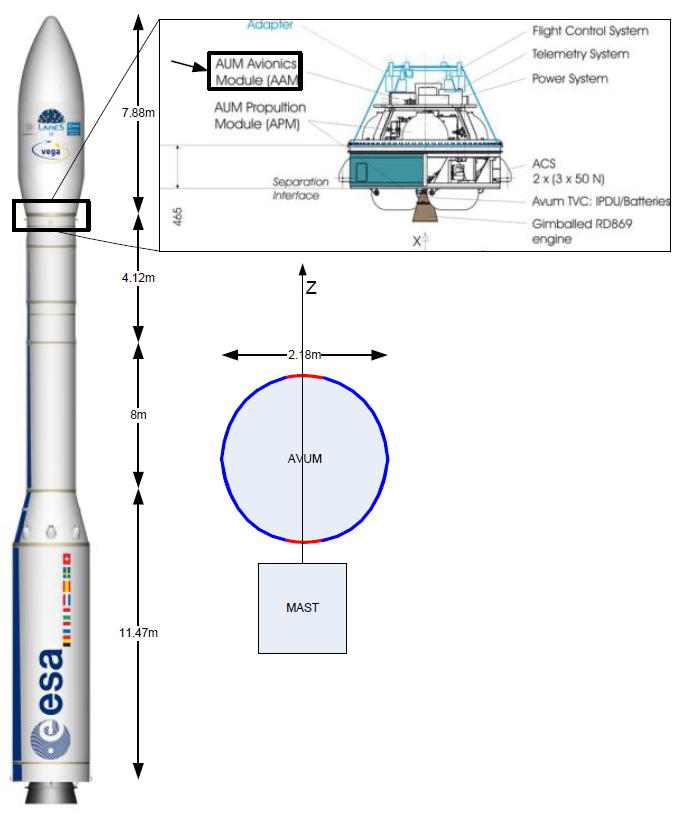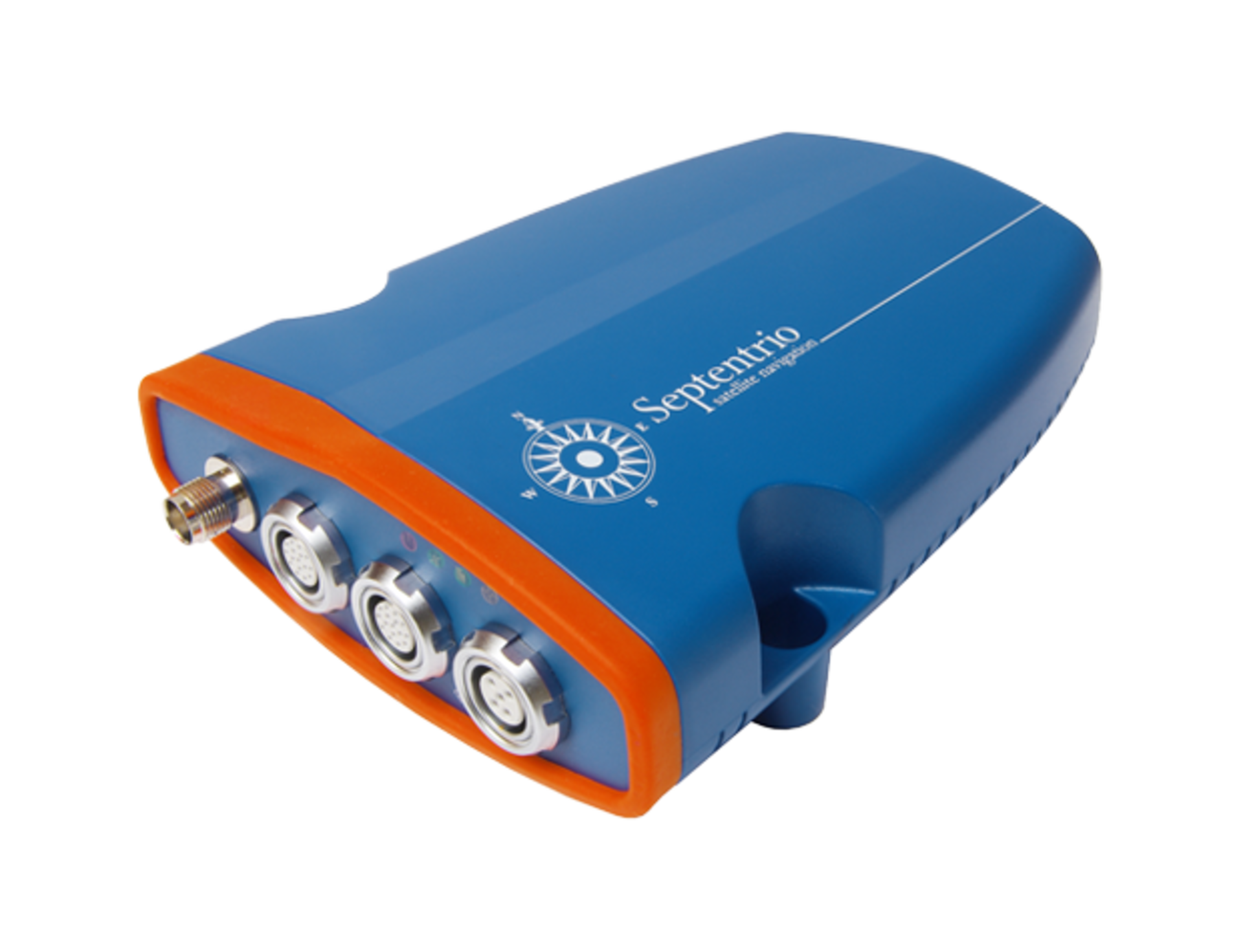GPS/Galileo Receiver Signal techniques for Launchers
| Programme: | TRP Workplan | Achieved TRL: | 4 |
| Reference: | T406-301ET | Closure: | 2017 |
| Contractor(s): | Thales Alenia Space (BE), Septentrio (BE) | ||
Nowadays launchers rely in very expensive on board high grade inertial measurement unit (IMU) and gyroscopes for location and in ground radar for safeguard, what has an important impact in cost. The on board systems are used only once and therefore destroyed during each launch. In addition, their error increases versus time from the start of the launch, and at the end of the launch phase, the error is significant.
Objectives

Study and development of a Launchers location system based on GNSS and integration with other systems by using tight coupling architecture-techniques.
Achievements
- Definition of the launch vehicle environment
- Study and development of the signal techniques for receivers in a launcher environment with special emphasis in the hybridization of GNSS and Inertial Navigation
- Implementation of a proof of concept based in a Septentrio Asterix4 receiver and Spirent using real or simulated Ariane-5 and Vega trajectories
- Experimentation with the Proof of concept and performance comparison with other solutions (e.g. GNSS only and close coupling hybrid system)
Benefits
Important improvement of performance w.r.t existing Inertial Navigation systems and GNSS solutions (close coupling and GNSS only).
Further work
Consolidation of the concepts and techniques. Development of an experiment to include the hybrid system in a real Launcher.


